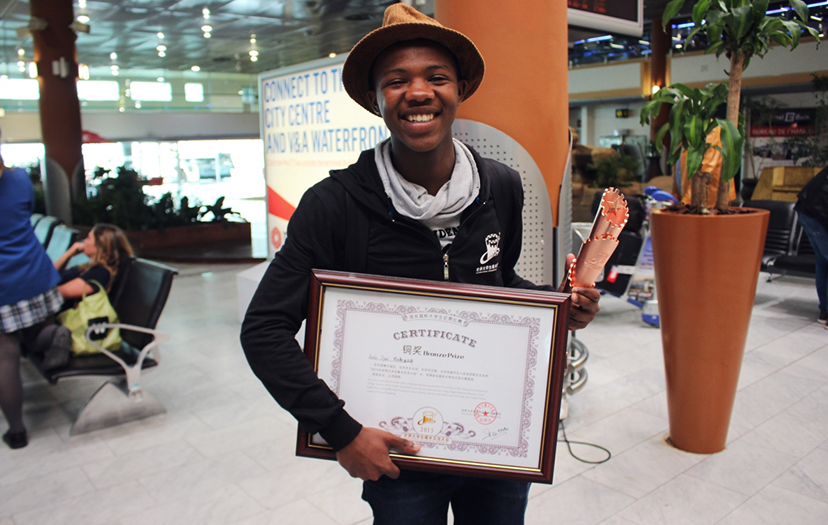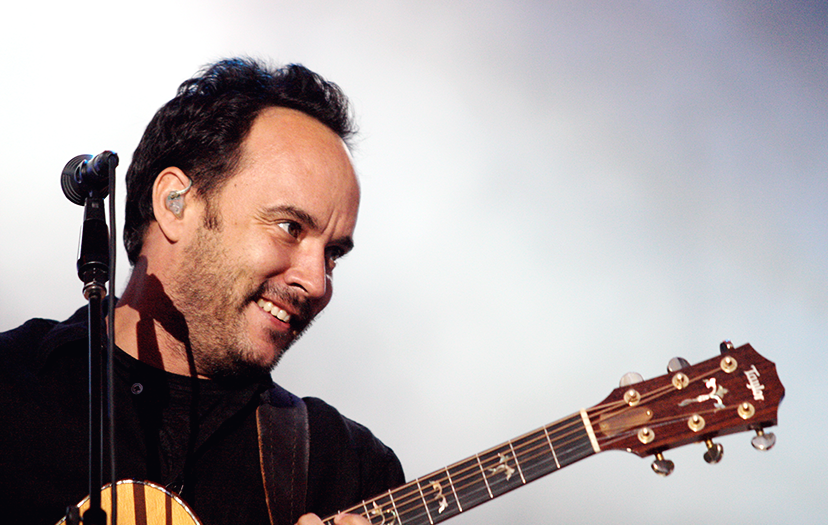The amount of television children watch varies immensely. Viewing habits range from the child who watches no TV at all to the child who is in front of the TV nearly all waking hours. On average, children aged 2 to 11 watch about 23 hours of TV per week, and teenagers watch about 22 hours per week. While these 1992 figures are down substantially–they were 28 hours per week and 23.5 hours per week, respectively, in 1986–the hours spent watching video cassettes and video games are not included. This means that during the formative years, children spend more time in front of a TV set than they do in classrooms.
For about one-half of the viewing hours, children watch TV by themselves or with other children; the other half is spent co-viewing with one or more parents or other adults. Roughly 90 percent of the time children watch programs that are not specifically designed for them.
The decision to watch TV is influenced by several factors, including the lack of any preferred or required alternative activity; fondness for particular programs or characters; habit; and mood. The longer a child has spent watching TV at any one time, the more difficult he or she is to distract.
The Television Learning : Given a pattern of extensive TV viewing, it is important to understand how TV affects learning. Children, especially young children, can and do learn a lot from TV programs. Some programs combine entertainment and education to help children learn to identify characters and shapes, sequence numbers and letters, learn the vocabulary and sounds of songs and foreign languages, and more. As a consequence, today’s children enter kindergarten with much larger vocabularies than pre-TV generations. And older children are able to recall sequential events and have developed enhanced skills in spatial relations from TV viewing.
However, children typically learn far less from TV than they do from a comparable amount of time spent reading. They also are likely to experience more difficulty with TV as compared to reading in identifying the major ideas of a story or themes of a feature topic. This may be because their level of intellectual involvement in TV programs is generally quite low or because they perceive TV as a relaxing activity rather than a thinking one.
The Violence and Use of Time. Unfortunately, not all of what children learn from TV is beneficial. TV programs often present a very selective view of life, with glamor in stark contrast to the real people children come into contact with. Children also learn at very young ages to laugh at violence. About 80 percent of all programs contain some violence with an overall average of slightly more than 5 violent acts per hour. Settings and time patterns are often contrived and condensed into a time slot. Problems are often resolved quickly and violently, and the violent or other anti-social behavior often goes unpunished and without comment. And the “good-guys” are often not much better role models than the villains. As a consequence, many children are far more familiar with violent, anti-social approaches to problem-solving and conflict resolution than they are with nonviolent and pro-social ones. The problem is not just that children learn inappropriate behavior, but they also tend to adopt the evaluative standards that the programs project.
Perhaps most worrisome is what goes unlearned because of the time lost to TV. TV displaces other activities. For example, most children need more time to play with others, to learn to build friendships, to resolve real-life disagreements, and to develop their own imaginations and abilities. One researcher put it this way: “Doing other things might teach children more about their world and foster development of talents, intellect, and physical abilities.”
Research shows that parents can protect their children from potentially harmful influences and can even use TV for learning and other age-appropriate developmental activities. Parents (and schools) can teach children critical viewing skills. For example, children can be taught to recognize stereotypes, distinguish fictional from factual portrayal, identify scenes portraying behavior and values that conflict with their own and their family’s values, and think about and describe alternative, nonviolent means of resolving problems.
Parental Guidance tools on media devices then becomes the most resourceful tools for parents who want to protect their children. PG functions helps parents to filter the contents children watch. PG functions filter violence, nudity, and offensive language rather than just a composite classification.











